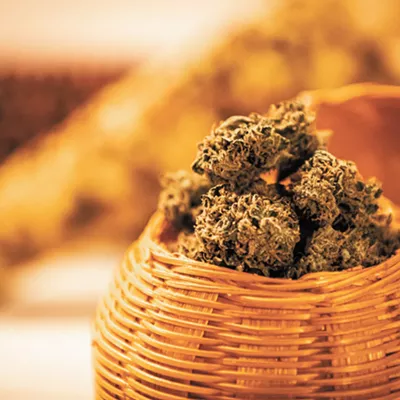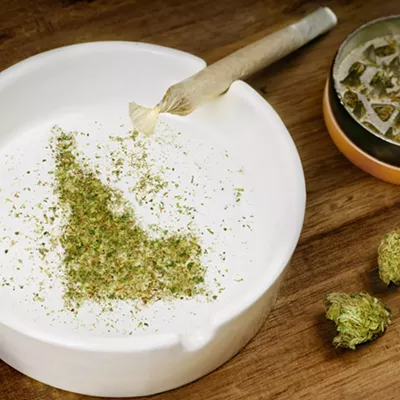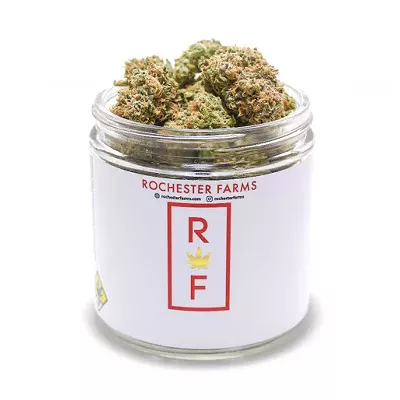As cannabis becomes mainstream, there is a growing demographic of consumers who don't look like your classic hemp-bracelet-wearing, Sublime-listening stereotype: seniors.
As seniors age out of the workforce and subsequently drug tests, many are finding no reason not to engage in the latest health and lifestyle craze. A 2016 study found that medical marijuana-accessible states and Medicare Part D received fewer prescriptions for drugs used to treat depression, chronic pain and anxiety. And a similar 2018 study found that Medicare Part D enrollees in medical marijuana states had 14 percent fewer opioid prescriptions.
A major chronic illness that affects many older people is insomnia, impacting approximately 50 percent of adults 60 and older.
"You rarely find a senior who can sleep through the night, including myself," Sue Taylor told Leafly. "It's a major concern. A lot of seniors use alcohol to put them to sleep. We've got to get the word out that there are healthier ways to help them sleep."
Studies have shown that not only does cannabis help patients fall asleep faster, it also increases the duration of Stage 4 sleep, which is the stage that the brain switches off nearly entirely and there is a decrease in heart rate and breathing. Stage 4 is vital for restorative sleep cycles.
The drug is still seen as a boon for pain management. The American Pain Society conducted a 20-question survey of approximately 150 seniors and found that there was a substantial positive result for most seniors who used medical marijuana.
The seniors surveyed said that on a 10-point scale system, their reported pain dropped from a 9 in tolerance level to a 5.6 after a month of regular use. Nine out of 10 seniors would also recommend medical marijuana to others.
Another research study published in the Journal of Alzheimer's Disease in 2014 found that THC could serve as a beneficial aid to slowing down the effects of Alzheimer's. The study found that "THC could be a potential therapeutic treatment option for Alzheimer's disease through multiple functions and pathways." ♦



















